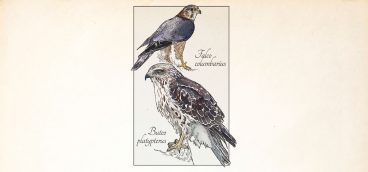
The Great Migration Begins
Across the sky, everything is moving. Fall migration actually begins in August when the first waves of long-distance travelers begin to push south. Warblers, hummingbirds, waterfowl, shorebirds and hawks begin southward journeys. Some have nested and fledged chicks over the summer in sight of the Point, Flagstaff Hill, the Highland Park Bridge, the furnace chimneys …
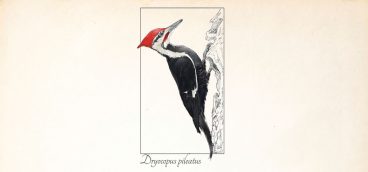
King of the Woodpeckers
The pileated woodpecker burst out of nowhere just as I thought my students’ field exam was over. As soon as we were aware of it materializing from the canopy of a tree on a green at the Pittsburgh Field Club, it flew like a black bolt into denser woods and disappeared again. A great last …
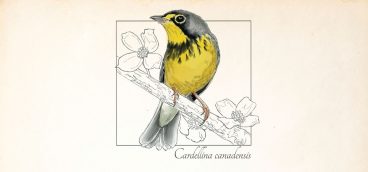
Look for the Canada Warbler
Imagine you’ve somehow found yourself in Ecuador. You desperately want to get to Pittsburgh. You weigh a third of an ounce. You can fly. You’re a Canada Warbler. Starting north on a spring night to avoid daytime predators and take advantage of cooler temperatures, you set out across the isthmus of Panama, over Costa Rica, …
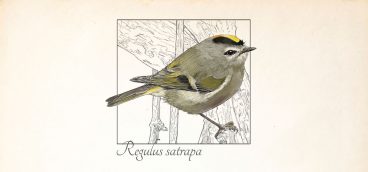
Be Alert for a Fast and Active Winter Visitor
I was walking where the paved road turns to dirt at Hartwood Acres one winter day. The trees were creaking with cold. Dry leaves were tinged with a dusting of snow. The sky, all gray. Suddenly, there was a bird, small, moving fast. It landed on a sapling no more than 10 feet away and …
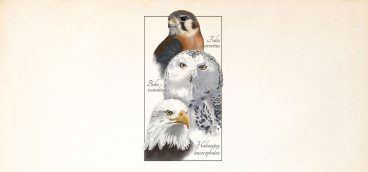
A Century of Protecting Birds
My great-grandfather Samuel Feins emigrated from the Old Country, in his case, Russia, in 1899. He came through Ellis Island and then quickly made his way to Massachusetts. Fifteen years later he was firmly established as the proprietor of the New Hat Frame Company of 55-63 Summer Street, Boston. He was a milliner, a hat …
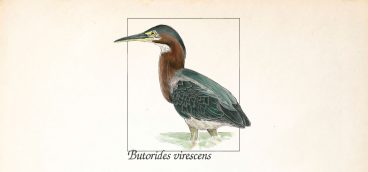
The Elusive and Beautiful Green Heron
The green heron lay cradled in the crook of Bob Mulvihill’s arm like a baby, or at least that’s how I remember it. He blew on the bird’s belly and a cloud of powder down swirled forth, an adaptation that in all likelihood adds some moisture-shedding resistance to the wing feathers of this water-loving species. …
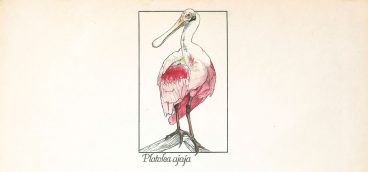
The Roseate Spoonbill
Roseate Spoonbills are birds worth traveling for. Sometimes they even travel to us. Typically found on the Gulf Coast, the first time I spotted one was on a marathon birding adventure I took to south Texas in 2005. To bird far from Pittsburgh meant I’d see unfamiliar species in new habitats. The spoonbills didn’t disappoint. …
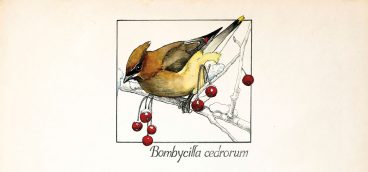
The Cedar Waxwing
Pittsburgh has produced some renowned birders and ornithologists. Our hills and rivers attract a wide variety of birds, and they, in turn, inspire generation after generation to look to the skies—from John James Audubon, who painted the long-extinct Passenger Pigeon while passing through the Gateway to the West (an old moniker for our fair city), …
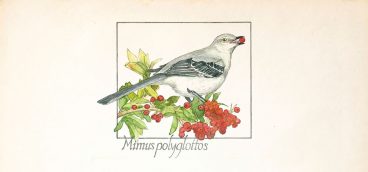
Give a Little Whistle
It’s not until chapter 10 of Harper Lee’s famous novel that we are told of the magic of mockingbirds. Atticus Finch, lawyer and father extraordinaire, says, “Shoot all the bluejays you want, if you can hit ‘em, but remember it’s a sin to kill a mockingbird.” Benevolent Miss Maudie explains, “Mockingbirds don’t do one thing …

The Scarlet Tanager
A bird on fire, a male scarlet tanager perched just above my eye level. He was in a tree at the edge of the Upper Fields Trail at Fox Chapel’s Beechwood Farms Nature Reserve. Normally high in the forest canopy gleaning insects in spring and summer, this avian migrant, roughly robin size, had decided that …
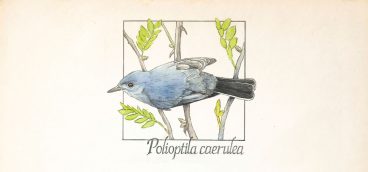
The Blue-Gray Gnatcatcher
One spring, I ventured south to Savannah, Georgia, for some sun and warmth. As a coastal locale and part of the Atlantic flyway, it was rich with avifauna heading back to nesting territories farther north in places like western Pennsylvania. It was March, and the streets of that wonderful city were alive with flowering trees, …
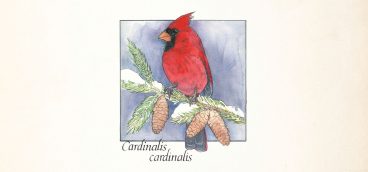
The Northern Cardinal
Winter puts birders in a different mood. There are birds about, but they are fewer and generally more muted—focused on finding food, staying warm and getting through. The birds that stick around for a Pittsburgh winter are hardier, more committed, the stalwarts. They are the loyalists of cold. There is nothing better on a winter …
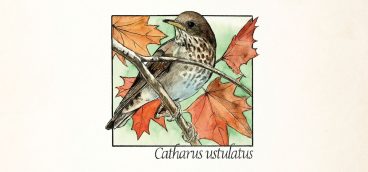
Swainson’s Thrush
Fall is a time of movement: college students packed in SUVs returning to classes, younger kids nervous to get back to school, the lazy days of summer fading fast. Millions of birds are moving, too, some passing through the Pittsburgh area en route to wintering grounds to the south. Some of these migrants are more …
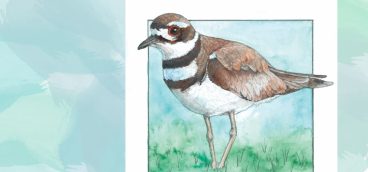
Season of the Killdeer
One early summer day, I was walking the paved loops of Hartwood Acres in the North Hills. Off in the distance, a band was doing a sound check on the stage and bass notes were booming through the trees. As I headed west toward Middle Road, I passed some extended patches of gravel. It was …
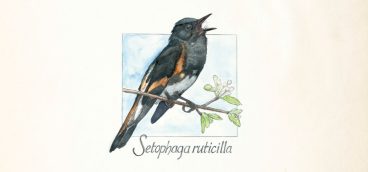
American Redstart
Are we separate from nature or part of it? Superior to all creatures, the apex of creation, or simply one species among millions? Does self awareness make us unique? What about our sense of past, present and future? These are some of the questions I’ve mulled since The Carnegie Museum of Natural History’s Powdermill Avian …
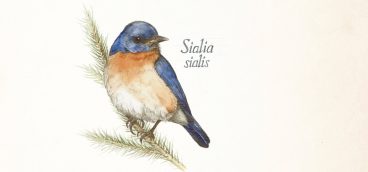
The Eastern Bluebird
Sometimes winter brings surprises. Some are massive, like a burying storm; and some are almost unnoticed, like an unexpected bird on a branch. Now is the season to look for the Eastern Bluebird, whose flash of color can be as brilliant as a winter sky after a big snow or as delightful as an early …
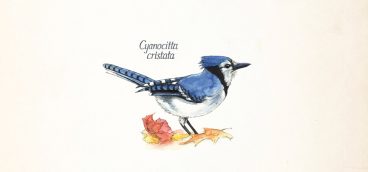
Beautiful and bold
It is often the voice of the Blue Jay that initially attracts our notice. With a vocal range like its cousins the crows and ravens, the Blue Jay produces loud, strident calls, bounding whistling notes, as well as imitations of the scratchy shrieks of hawks and other birds. More than once, I’ve heard calls at …
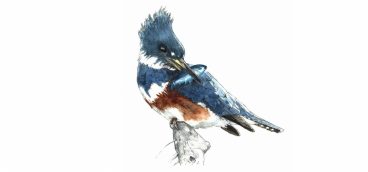
A Flash of Blue
A ratchety, staccato rattle announces the arrival of a Belted Kingfisher along one of Pittsburgh’s riverbanks, over a stream, or across a pond. I love the sound of the bird, so distinctive, as I scan for it in the sky. And I’m not alone. The great English poet Gerard Manley Hopkins wrote of this dashing …

A little yellow friend
The potato chip bird. that’s how my students remember it. At first, they think it’s a canary. I show them pictures on the opening day of class, and they see yellow and call out “Big Bird?” “No,” then, “Canary?” “Wrong continent.” That’s before they’ve learned to use their eyes and ears again to recognize what’s …
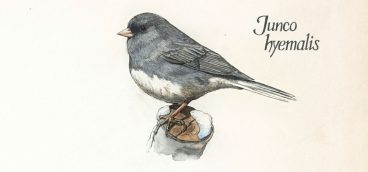
Wintering in Pittsburgh
It may be funny to think of Pittsburgh in the same geographic thought as, say, Miami, but for dark-eyed juncos, which spend many months to our north, we’re all sand and sunsets. Juncos “fly south to winter in our north, so making a sort of Florida of our best blizzards,” wrote Robert Francis, disciple of …
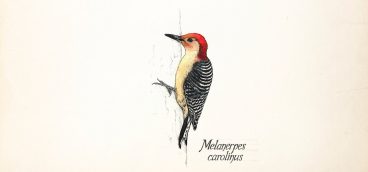
Red-bellied woodpecker
A tree is a house. it’s not just an isolated organism, but also a host to forms of life from mammals to birds to insects to fungi. A tree is one element of a larger ecosystem and simultaneously a microcosm of it. And you can tell a lot about a neighborhood ecosystem based on its …
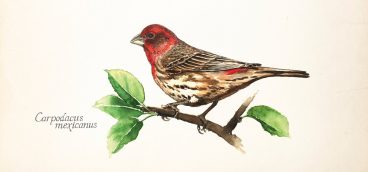
The house finch
It’s no surprise that a city defined by former immigrant neighborhoods would be the gateway for yet another group of newcomers forced to gain a foothold in unfamiliar terrain. Such is the case with Carpodacus mexicanus—the house finch—which was often called the California linnet and the Hollywood finch before it was smuggled to the eastern …
